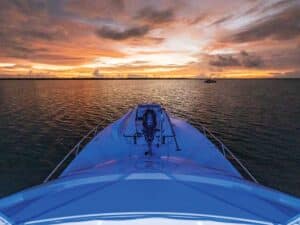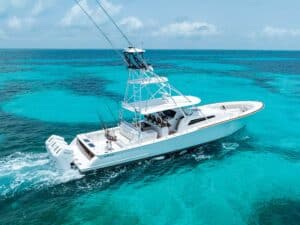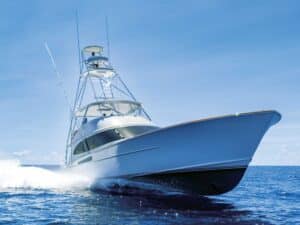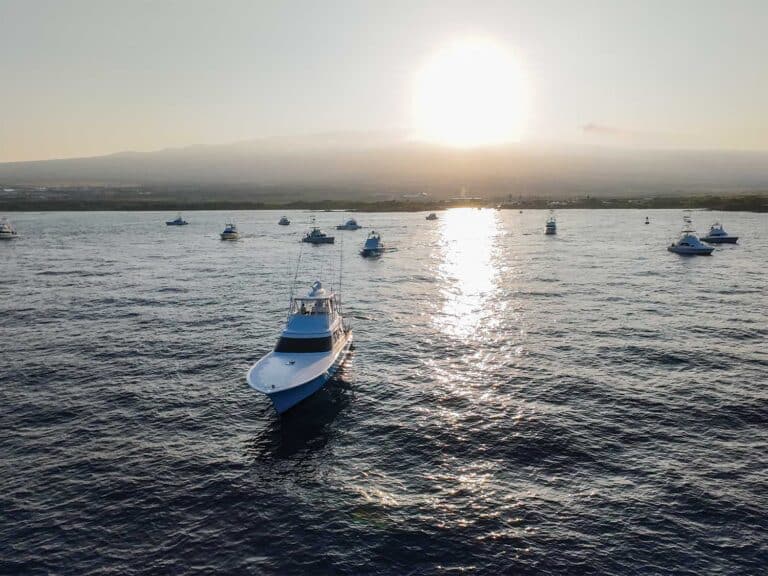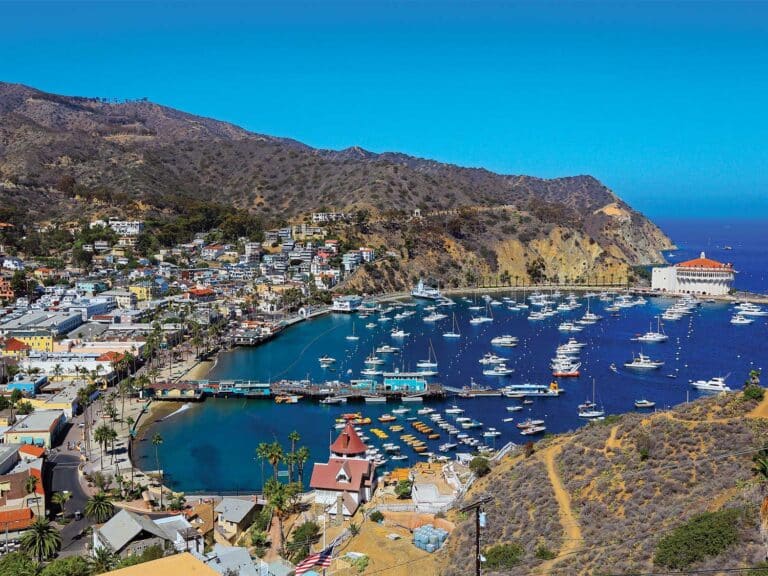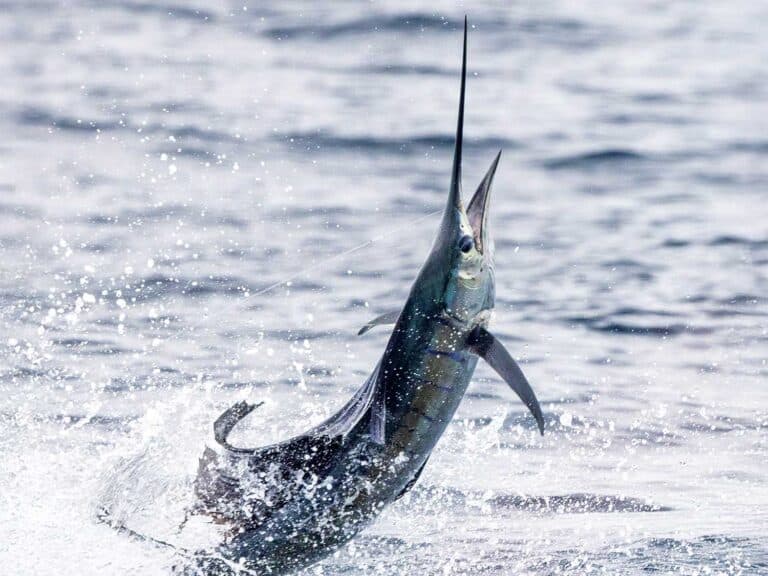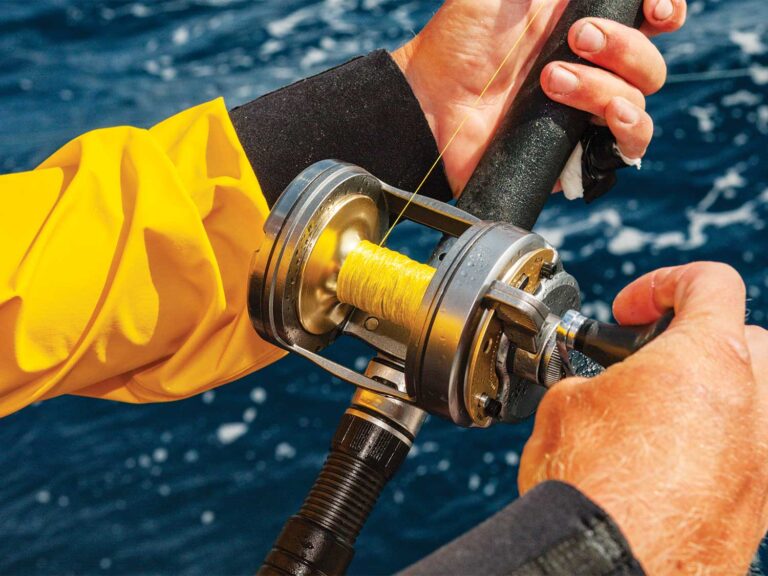
Shepard “Shep” McKenney is, first and foremost, an entrepreneur. He’s successfully transitioned from lawyer to hotelier to boatbuilder. A stint at the helm of Hinckley Yachts started him down an interesting path: developing a way to make boats more stable and therefore more enjoyable. Along the way, he enlisted the help of John Adams, a naval architect and one of the world’s top experts on motion control. It’s a near-perfect partnership: the energetic, always optimistic leader and the reserved yet brilliant engineer. Together, they formed Seakeeper, and the marine industry will never be the same.
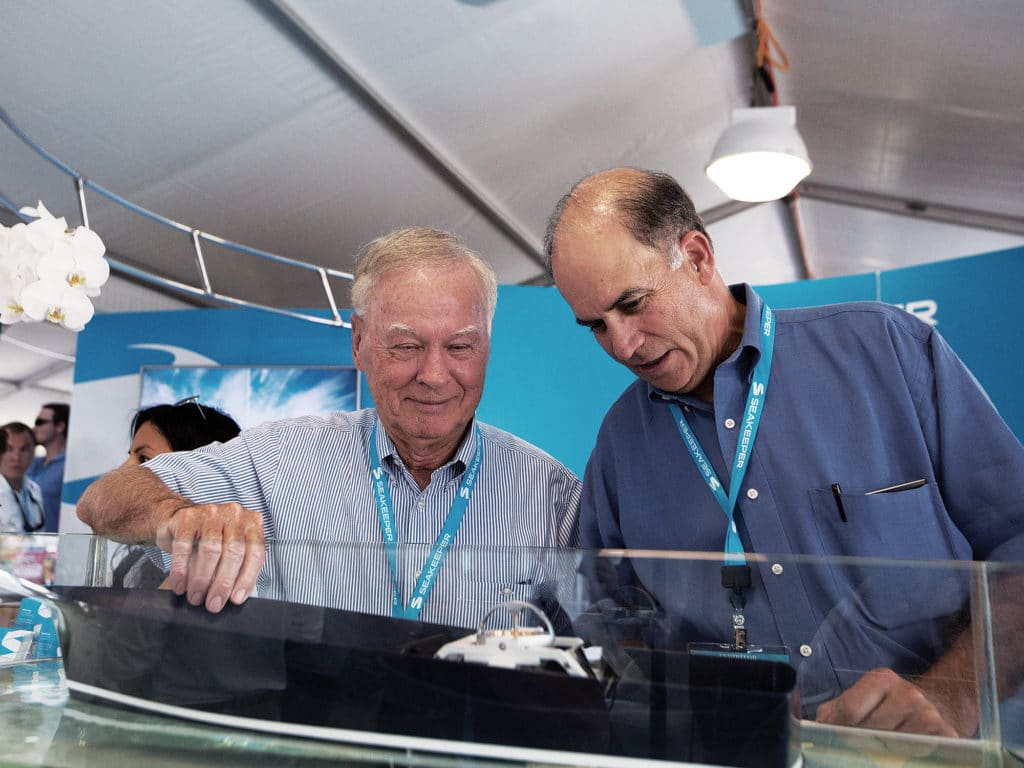
M: How did Seakeeper make the transition from gimmick to a must-have accessory?
Shep McKenney: Gyrostabilization is like magic in a bottle. You can’t see it work, but you can feel it. The roll just disappears. Boats become more stable and more enjoyable.
M: It was an uphill battle in the early years though, correct?
SM: Absolutely. We displayed at a tournament when we first developed the product, and no one was interested in talking to us. Fishermen accepted boat roll. They were used to going out in bad weather. But once we showed how much better we could make the boat ride, especially in rough seas, the tournament guys started to see the benefits.
M: How did you come up with the concept for gyrostabilization?
John Adams: I started and then sold a company called Maritime Dynamics that pioneered motion control, especially in high-speed ferries and military vessels. At the time, everyone was using fins on the hull for stabilization. However, there are a lot of issues with fins, like cavitation at high speeds. It will wear the paint right off, and fins also create additional drag. Mitsubishi had introduced a gyro, but it was too big, too heavy and drew too much power. So we came up with a way to have the gyro spin in a vacuum, which addressed most of those issues.
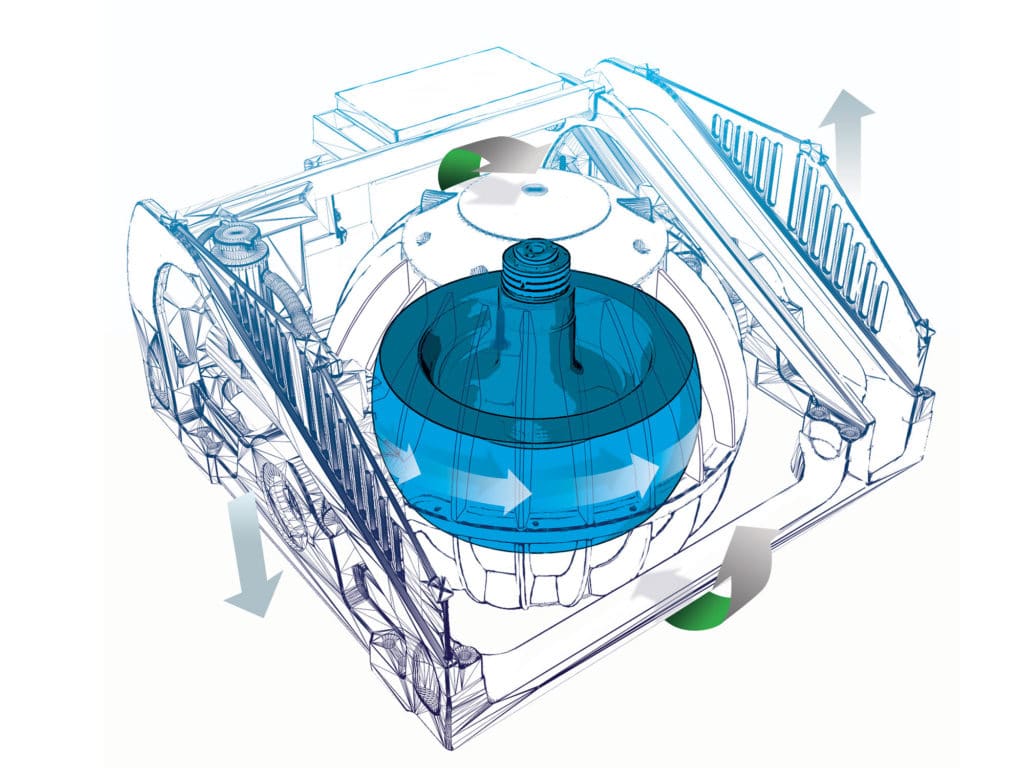
M: To put it in perspective, how large is Seakeeper these days?
SM: We have approximately 3,500 units in the field globally, and this year alone, we’ll ship around 1,200 gyros. We have about 140 full-time employees, with probably three or four times that many working indirectly for us in the field doing installations and working for our vendors, for example. We’ve come a long way in eight years since selling our very first gyro.
M: What percentage of Seakeeper units are retrofitted into older boats?
SM: Retrofits are 25 to 30 percent of our business right now. People are learning that they can make an older boat perform much better, to the point where it makes sense to add a Seakeeper.
M: What were some of the initial challenges you faced?
JA: From an engineering standpoint, there were some significant hurdles. Seakeeper gyros have tighter operating tolerances than gas turbine engines in jet aircraft. When you spin something that fast, it creates heat, which makes different materials expand and contract at different rates. Finding ways to dissipate the heat while operating in a vacuum was one of the keys. SM: In many ways, this is a classic startup business that was parallel to finding ways to make it work. We had five years of prototyping, which we funded ourselves. Then it was another two or two and a half years before we had anything spinning on a boat. At first, we didn’t want to be the manufacturer — we were just going to sell the concept and have someone else build the units. But in order to make sure it was done right, we needed to have control over the entire process, so we got into manufacturing. That’s why we took an unconventional route in distributing and servicing our product — for most of the world we do this factory direct.
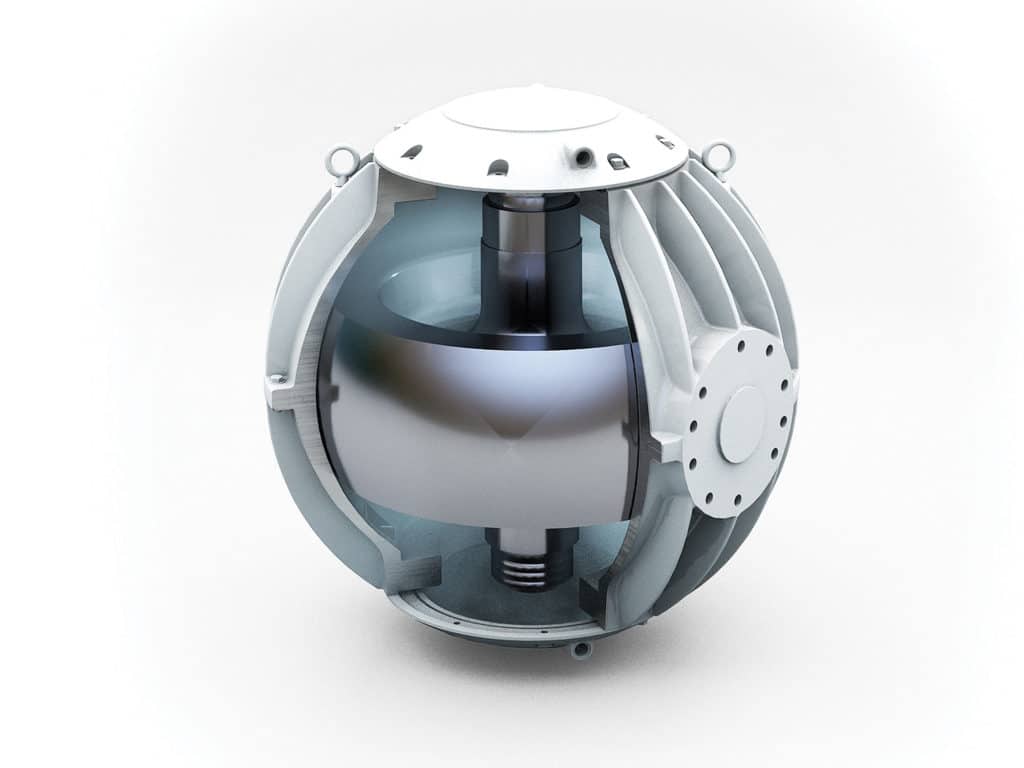
M: What are some of the things you’re proud of?
SM: Our customer service is second to none. That’s why we list the cellphone numbers and email addresses of our sales and service staff on our website. When you call us with questions, we’ll make sure you get answers, 24/7.
M: But it’s not all work and no play. What do you do for fun?
SM: I love fishing. I really enjoy light-tackle fishing. When we had the boatyard in Maine, I used to spend six weeks a year fly-fishing for Atlantic salmon. Now, I live in southern Maryland and have access to some great fishing just outside my door. JA: I grew up on Lake Cumberland in Kentucky, and I have always loved being on the water. These days, I’ve been restoring the family farm there in Kentucky. That’s a passion of mine. I love the peace and quiet. What’s your dream vacation? SM: I get bored with sightseeing. I’d rather go fishing. I enjoy upland bird hunting in the wintertime, but that’s a distant second to fishing. My favorites would be the big three: Atlantic salmon, tarpon and bonefish.
M: Do you enjoy collegiate sports?
SM: I really love college football. I’m an SEC guy, and I like Alabama. But I enjoy watching the game being played as well as it can be, without necessarily pulling for one team or another. It drives my family crazy! I recently read Nick Saban’s biography, and I like his style of coaching: Don’t be concerned with the rivalries or the scoreboard, just focus on making each play as perfect as you can.
M: What drives your personal inspiration
on a day-to-day basis? SM: Doing things that haven’t been done before. When my partner and I started All-Suites Hotels in 1972, it was a concept that had never existed. Same with Hinckley — we built a small, elegant day boat with a jet drive and joystick control, which hadn’t been done before.
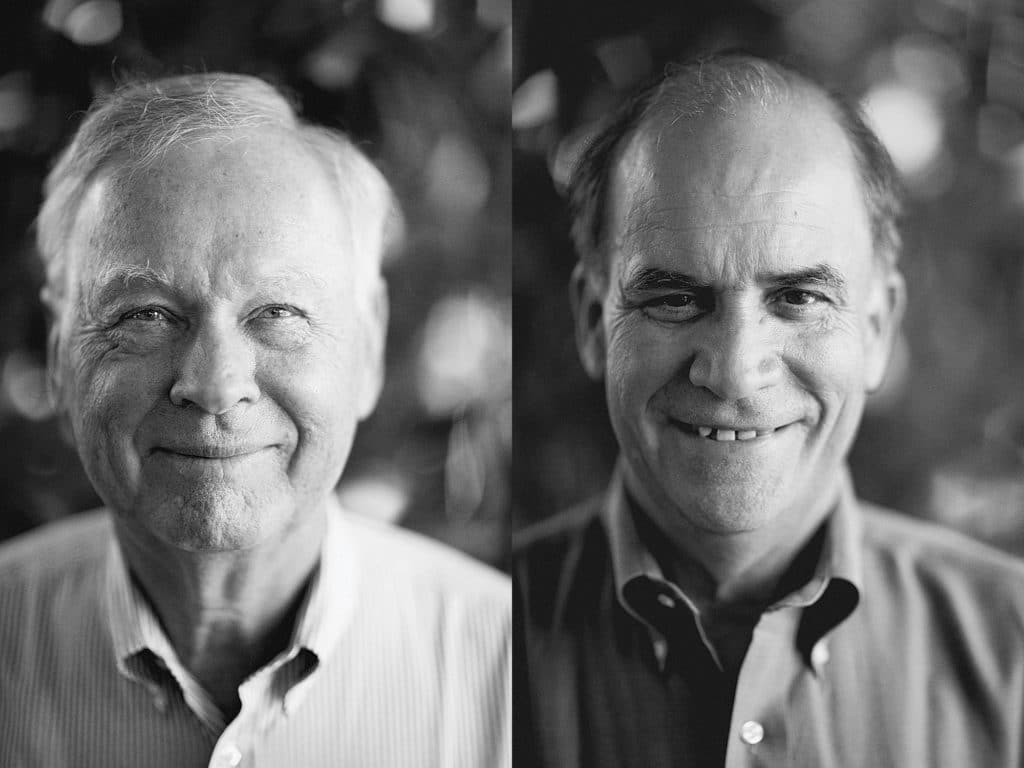
M: What are some of the limitations of gyrostabilization?
JA: The gyros are pretty tough. You need to replace the zinc anodes annually and perform the scheduled maintenance, but it’s not any more significant than most other systems on a boat. We have gyros with over 20,000 hours on them. The key is how we manage the system, with auto‑braking and self-diagnostics.
M: What about drawbacks: Any personal limitations?
SM: I have a short attention span. I’m an eternal optimist, and I don’t like to say no. I always like to think we can find a way to make it happen, whatever ‘it’ may be. This is my third entrepreneurial venture — and by far the most satisfying. I feel very lucky to be a part of it.
M: One of those ‘it’ projects is the Seakeeper 3, and the buzz about it at the Fort Lauderdale International Boat Show was immense. What’s different?
SM: As we developed the technology, we were able to make it smaller and also reduce the power requirements. The Seakeeper 3 was designed to fit within a standard leaning post that can be installed on almost any center console boat. You just add an extra battery and a raw-water feed for the cooling system. It’s an amazing product: The Seakeeper 3 can reduce boat roll in a deep-V center console by as much as 95 percent.
M: With all the success, do you have any professional goals you have yet to reach in your career?
SM: No. At 75 years old, I’m not sure I have another Seakeeper in me. I do think it has an incredible amount of potential. The company is nowhere near where it could be, and I look forward to that.

